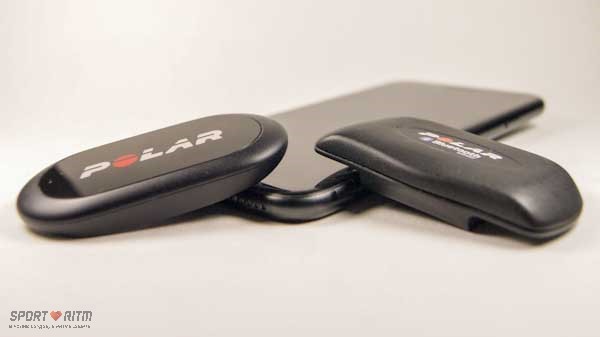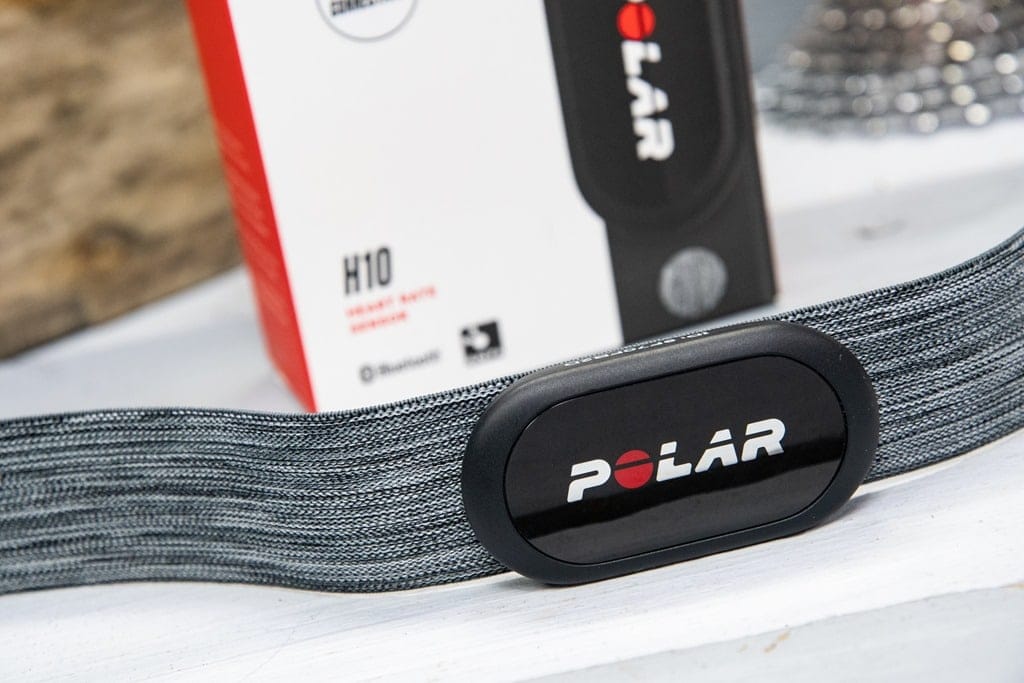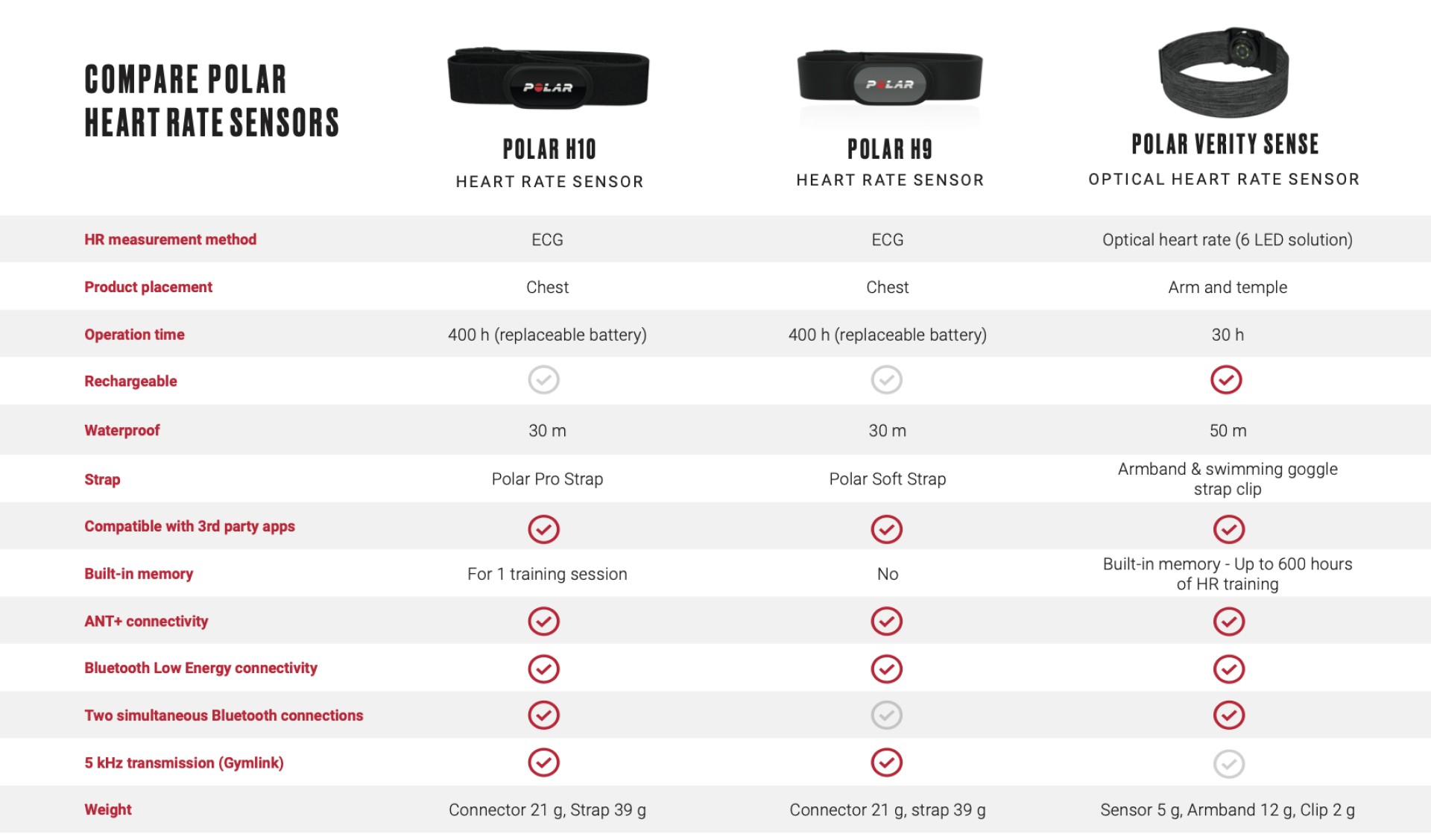Understanding the Importance of Accurate Heart Rate Tracking
When it comes to achieving fitness goals, accurate heart rate tracking is crucial. It allows individuals to optimize their workout routine, improve performance, and enhance recovery. Inaccurate heart rate tracking, on the other hand, can lead to ineffective training, increased risk of injury, and poor overall health. With the rise of wearable technology, heart rate monitors have become an essential tool for fitness enthusiasts. In this article, we’ll delve into the world of heart rate monitoring, specifically comparing two popular options: the Polar H7 and H10. But first, let’s explore the significance of accurate heart rate tracking and how it can revolutionize your fitness journey. By tracking heart rate, individuals can monitor their progress, adjust their intensity, and avoid overtraining. This is especially important for athletes and fitness enthusiasts who require precise data to optimize their performance.
Polar H7 vs H10: A Comprehensive Comparison of Two Popular Options
The Polar H7 and H10 heart rate monitors are two of the most popular options among fitness enthusiasts and athletes. Both models have gained a reputation for their accuracy, reliability, and user-friendly design. In this article, we’ll provide a detailed comparison of the Polar H7 and H10, highlighting their key features, strengths, and weaknesses. By the end of this article, you’ll have a clear understanding of which model is best suited for your fitness needs and goals. Whether you’re a professional athlete or a casual fitness enthusiast, this comparison will help you make an informed decision when choosing a heart rate monitor. So, let’s dive into the world of Polar H7 vs H10 and explore what sets these two models apart.
Design and Comfort: How Do the Polar H7 and H10 Stack Up?
When it comes to choosing a heart rate monitor, design and comfort are crucial factors to consider. A comfortable and well-designed heart rate monitor can make all the difference in your workout experience. In this section, we’ll compare the design, comfort, and wearability of the Polar H7 and H10. Both models boast a sleek and modern design, but there are some notable differences. The Polar H7 weighs in at 21 grams, making it a lightweight and comfortable option for athletes. The H10, on the other hand, weighs 24 grams, still relatively lightweight but slightly heavier than its counterpart. In terms of size, both models are compact and unobtrusive, making them easy to wear during exercise. The strap materials also differ, with the H7 featuring a soft and flexible strap, while the H10 boasts a more durable and rugged design. When it comes to wearability, both models are designed to be worn on the chest, providing accurate heart rate data during exercise. Overall, both the Polar H7 and H10 offer excellent design and comfort, but the H7’s lighter weight and softer strap may make it a better option for athletes who prioritize comfort.
Heart Rate Monitoring Accuracy: Which One Reigns Supreme?
When it comes to heart rate monitoring, accuracy is paramount. Both the Polar H7 and H10 boast advanced sensor technology designed to provide precise heart rate data. The Polar H7 features a proprietary ECG-based heart rate monitoring system, which provides accurate data even during high-intensity exercise. The H10, on the other hand, uses a combination of ECG and accelerometer data to provide a more comprehensive picture of heart rate activity. In terms of data transmission, both models use Bluetooth Smart technology to seamlessly connect to compatible devices. However, the H10 has a slight edge in terms of data transmission range, with a longer range of up to 10 meters compared to the H7’s 5 meters. Notably, both models have been praised for their accuracy and reliability, with many users reporting consistent and reliable heart rate data. In the Polar H7 vs H10 debate, both models demonstrate exceptional heart rate monitoring accuracy, making them both excellent choices for athletes and fitness enthusiasts alike.
Additional Features: GPS, Water Resistance, and More
When it comes to additional features, the Polar H7 and H10 offer a range of capabilities that set them apart from other heart rate monitors on the market. One of the key differences between the two models is their GPS capabilities. The Polar H10 offers built-in GPS, allowing users to track their distance, speed, and route during outdoor activities such as running, cycling, and swimming. The H7, on the other hand, does not have built-in GPS, but can be paired with a compatible GPS device. In terms of water resistance, both models are designed to withstand water and sweat, with the H10 boasting a higher water resistance rating of up to 30 meters compared to the H7’s 20 meters. Other notable features of the Polar H10 include its ability to track stride detection, running power, and orthostatic test data, making it a more comprehensive training tool for athletes. The Polar H7, on the other hand, offers features such as smart calories, which provides a more accurate estimate of calorie burn during exercise. In the Polar H7 vs H10 debate, both models offer a range of additional features that cater to different user needs and preferences.
How to Choose the Right Heart Rate Monitor for Your Needs
When it comes to choosing the right heart rate monitor, there are several factors to consider. Fitness goals, budget, and personal preferences all play a crucial role in determining which model is best suited for individual needs. For athletes and serious fitness enthusiasts, the Polar H10 may be the better choice, thanks to its advanced features such as built-in GPS and stride detection. On the other hand, those on a budget or looking for a more basic heart rate monitoring solution may find the Polar H7 to be a more suitable option. It’s also important to consider the type of exercise or activity you’ll be using the heart rate monitor for. For example, if you’re a swimmer, the Polar H10’s higher water resistance rating may be a key factor in your decision. Ultimately, by considering these factors and weighing the pros and cons of each model, you can make an informed decision and choose the heart rate monitor that’s right for you. In the Polar H7 vs H10 debate, understanding your needs and preferences is key to making the best choice.
Polar H7 vs H10: The Verdict
After a thorough comparison of the Polar H7 and H10 heart rate monitors, it’s clear that both models have their strengths and weaknesses. The Polar H10 is a more advanced model, offering features such as built-in GPS, stride detection, and higher water resistance. These features make it an ideal choice for serious athletes and fitness enthusiasts who require more detailed data and tracking capabilities. On the other hand, the Polar H7 is a more budget-friendly option that still offers accurate heart rate monitoring and a range of useful features. It’s a great choice for those who are new to heart rate monitoring or looking for a more basic solution. Ultimately, the choice between the Polar H7 and H10 depends on individual needs and preferences. If you’re looking for a more advanced heart rate monitor with additional features, the H10 may be the better choice. However, if you’re on a budget or looking for a more basic solution, the H7 is a great option. In the Polar H7 vs H10 debate, understanding the key differences between the two models is crucial in making an informed decision.
Maximizing Your Workout with the Right Heart Rate Monitor
To get the most out of your heart rate monitor, whether it’s the Polar H7 or H10, it’s essential to set clear goals, track progress, and optimize your workout routine. Start by setting specific, measurable, and achievable goals, such as increasing your endurance or improving your recovery time. Use your heart rate monitor to track your progress, adjusting your workout routine as needed to stay on track. Additionally, make sure to wear your heart rate monitor correctly, ensuring a comfortable and secure fit to ensure accurate data. By combining accurate heart rate tracking with a well-structured workout routine, you can take your fitness to the next level. In the Polar H7 vs H10 debate, choosing the right heart rate monitor is only the first step – it’s how you use it that truly matters. By following these tips and advice, you can unlock the full potential of your heart rate monitor and achieve your fitness goals.









